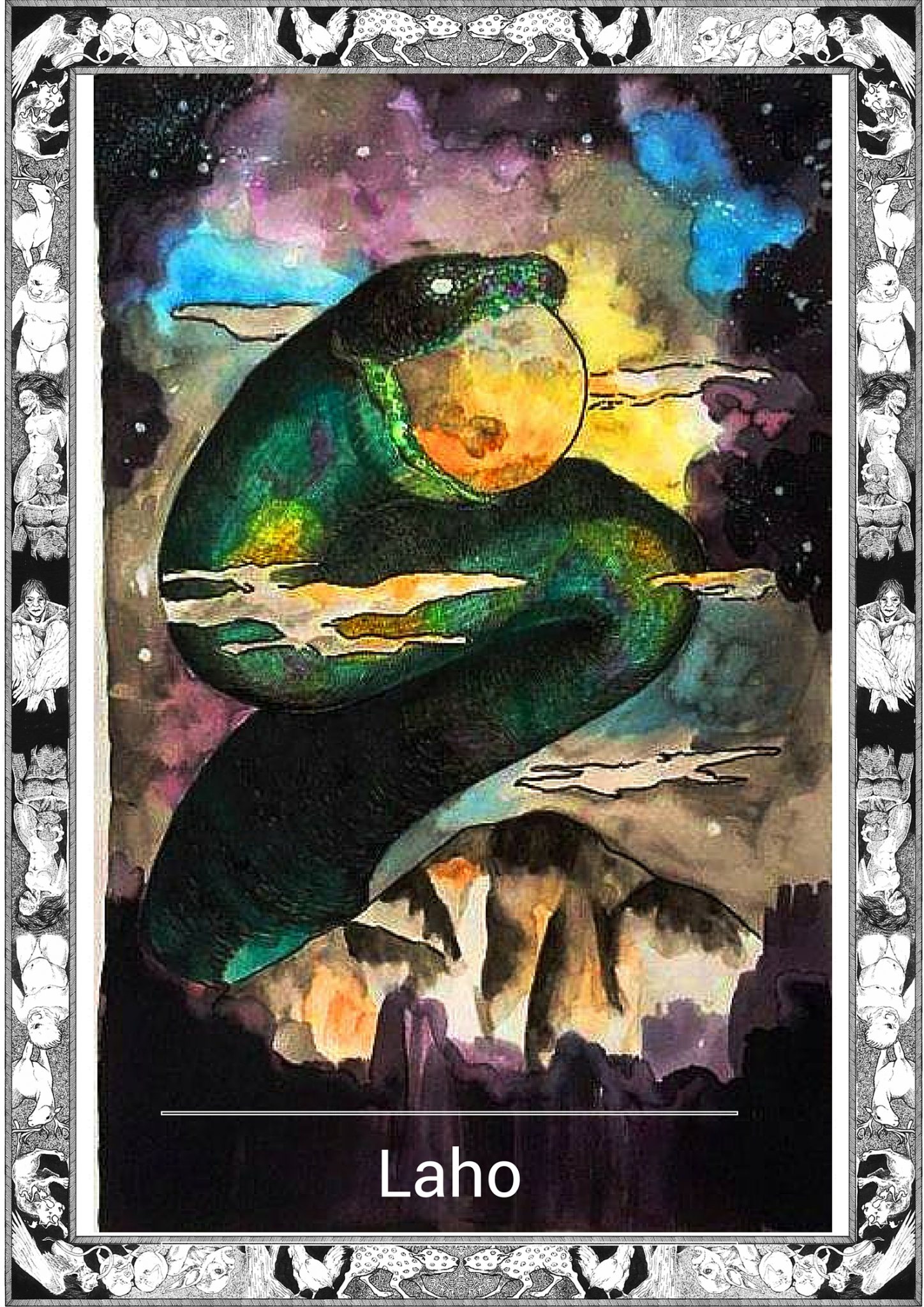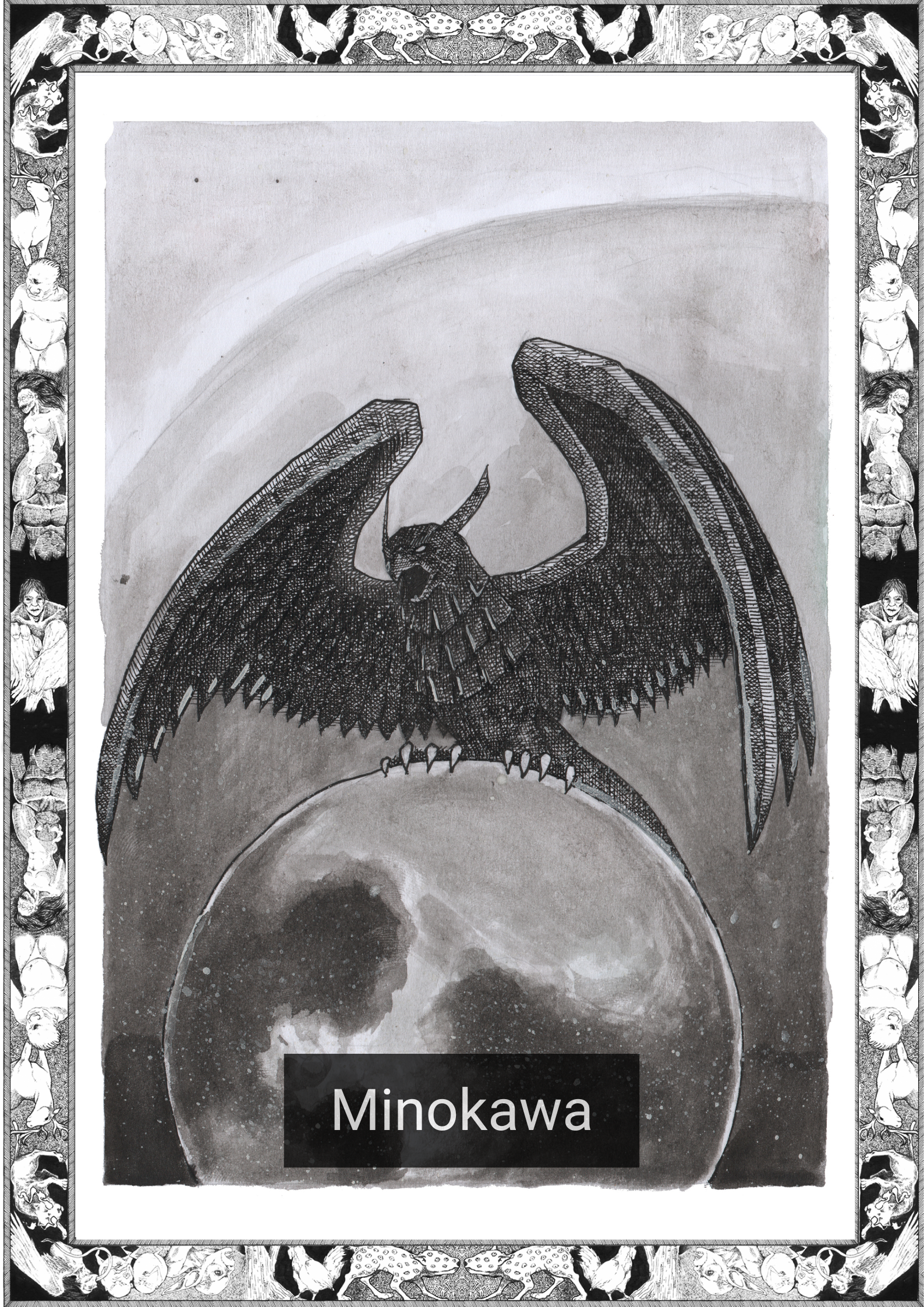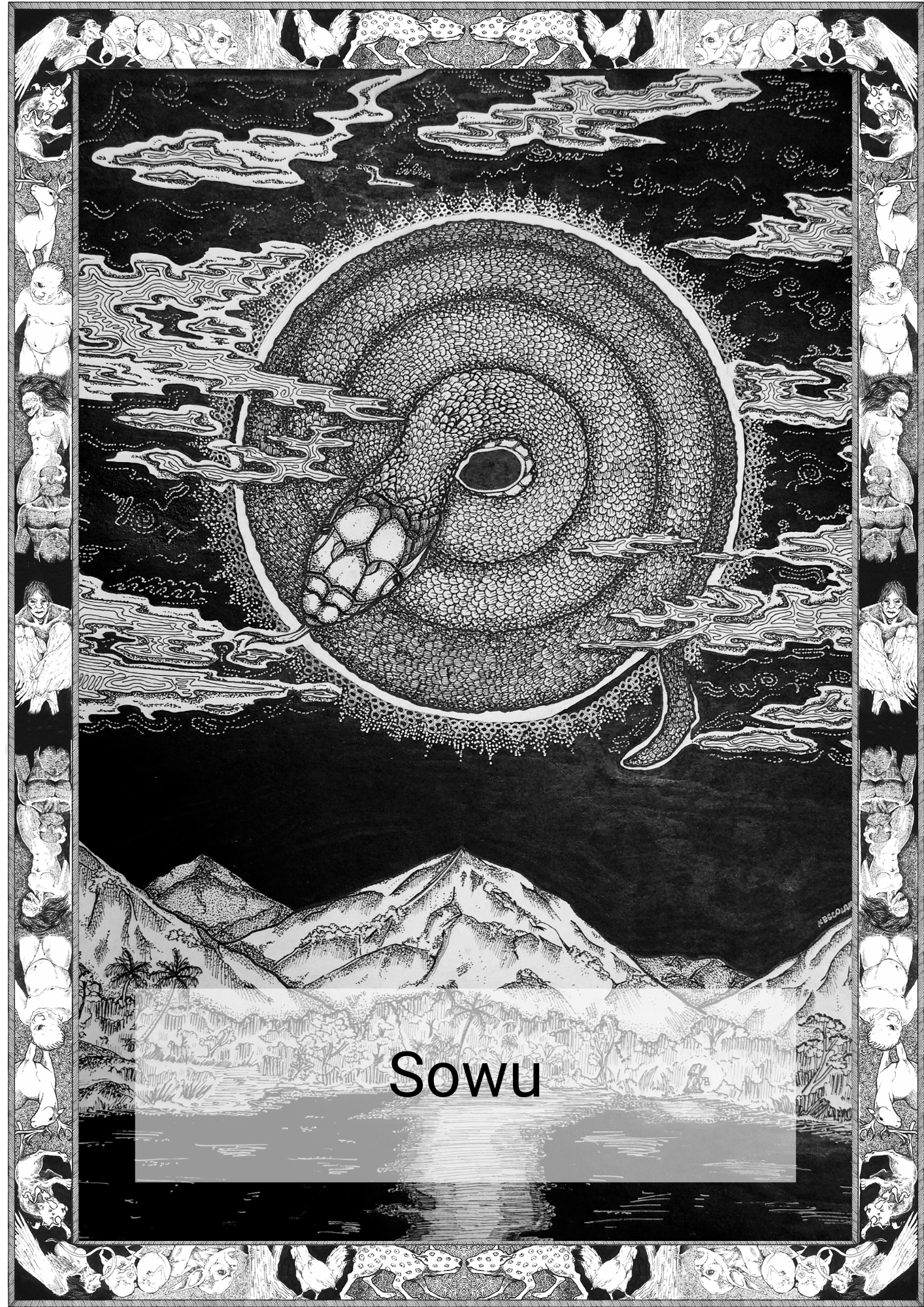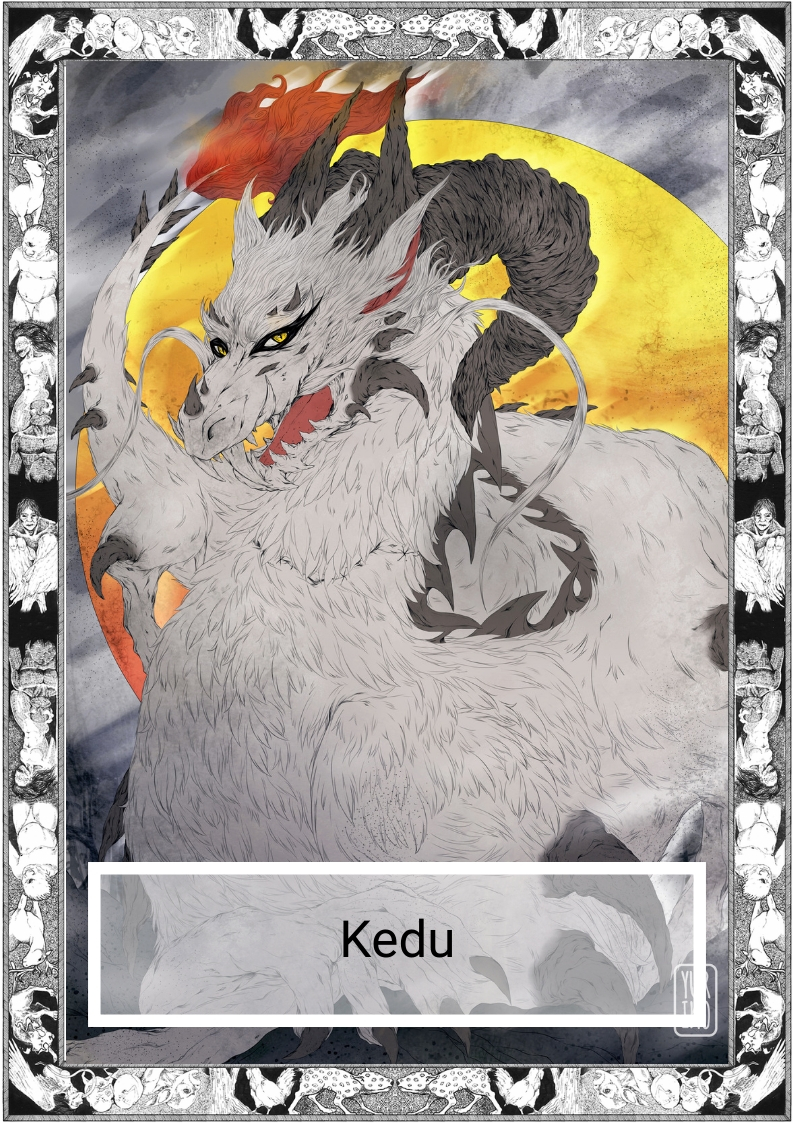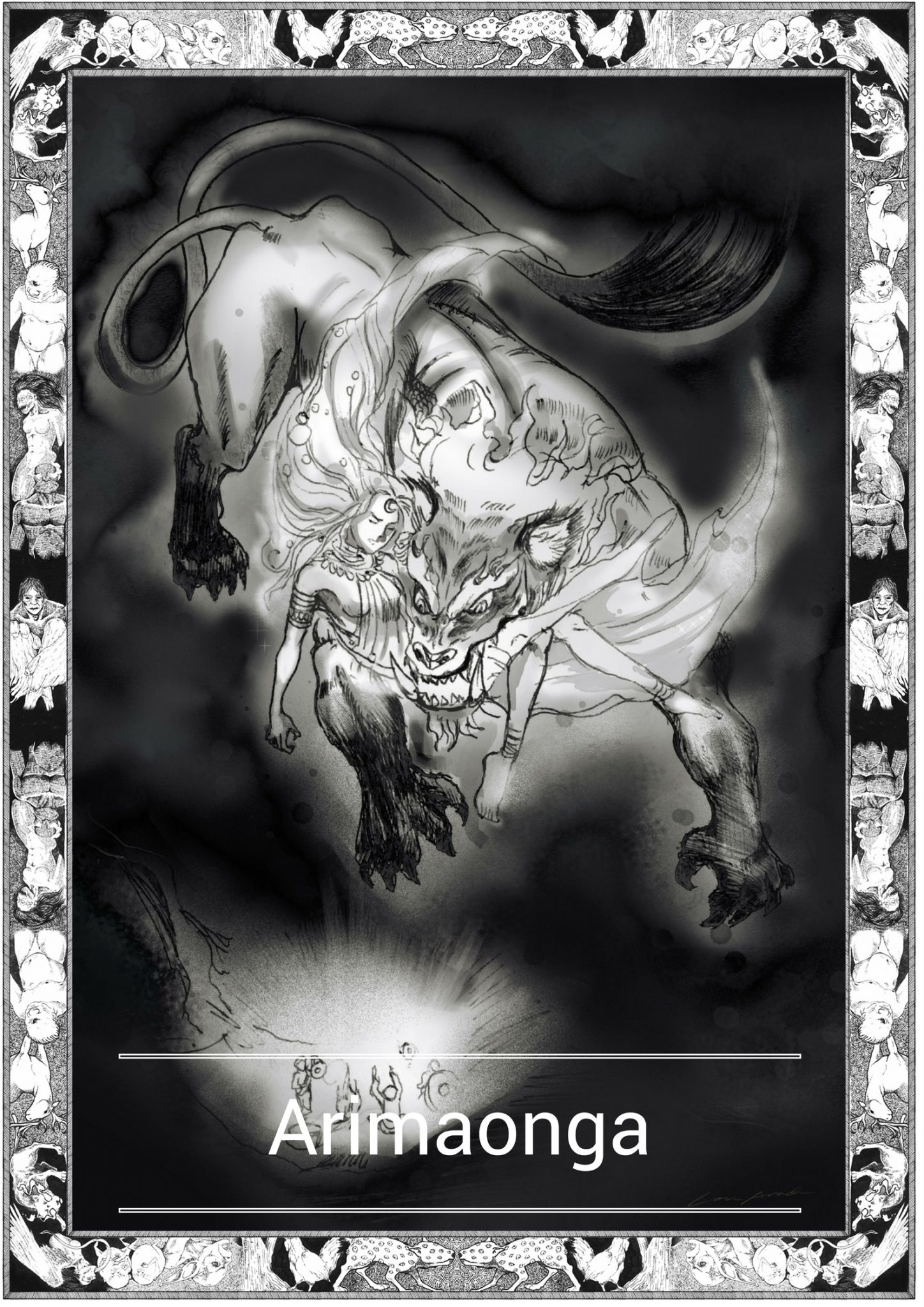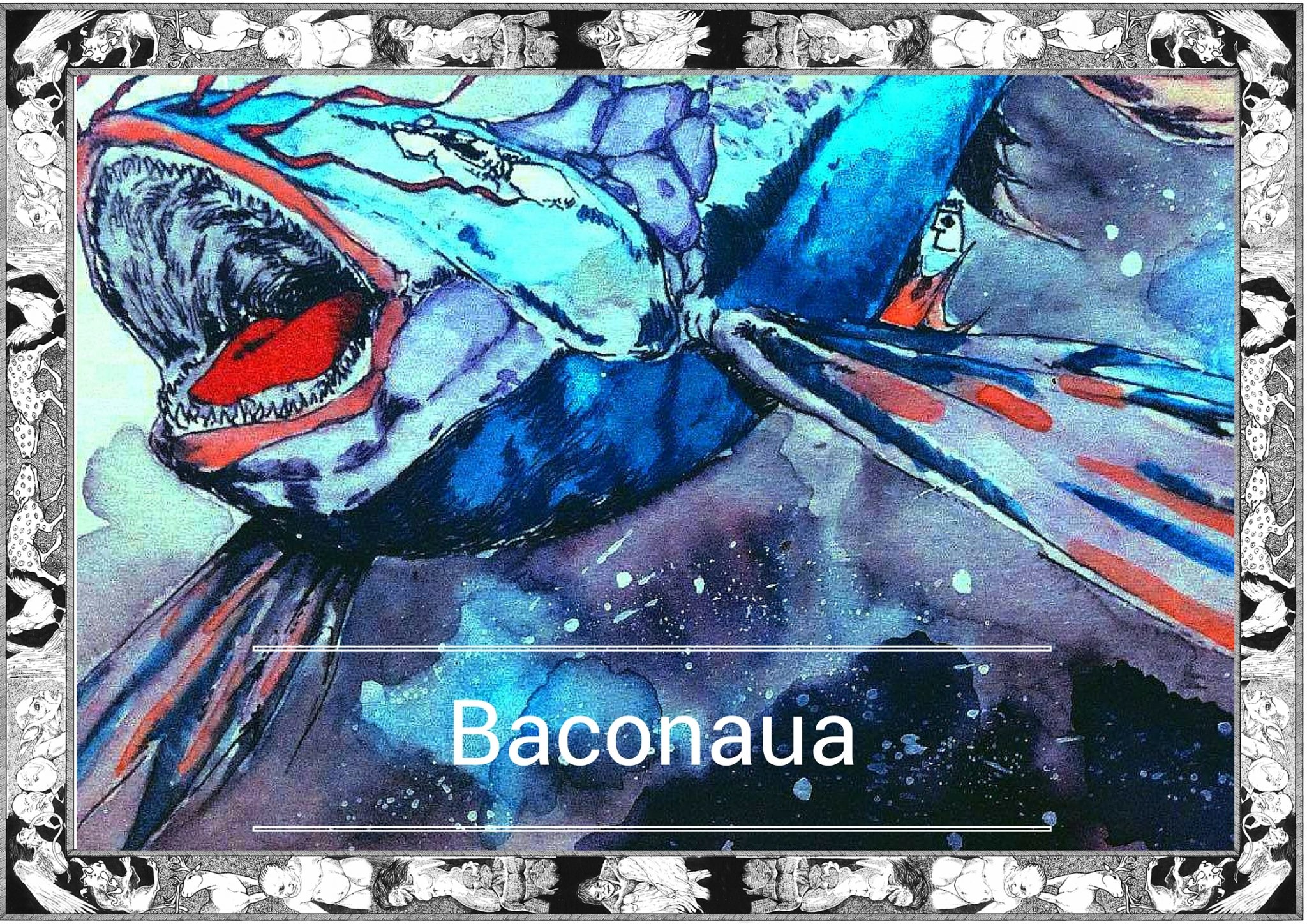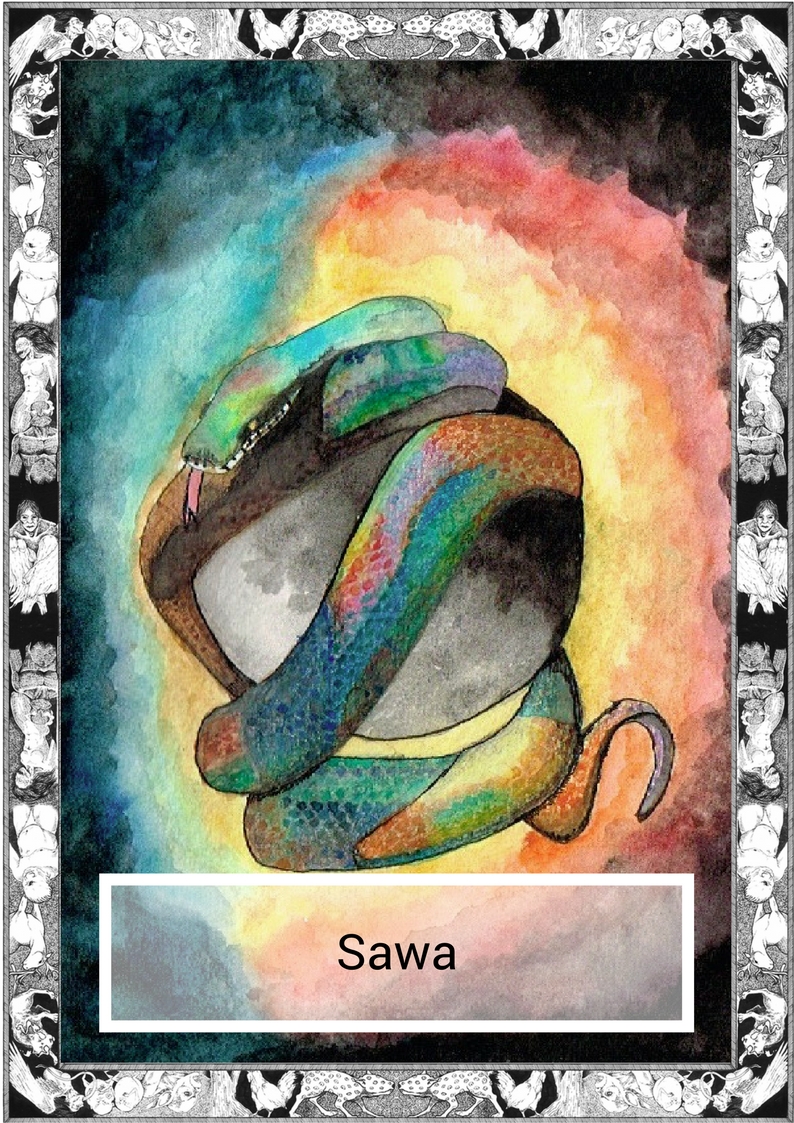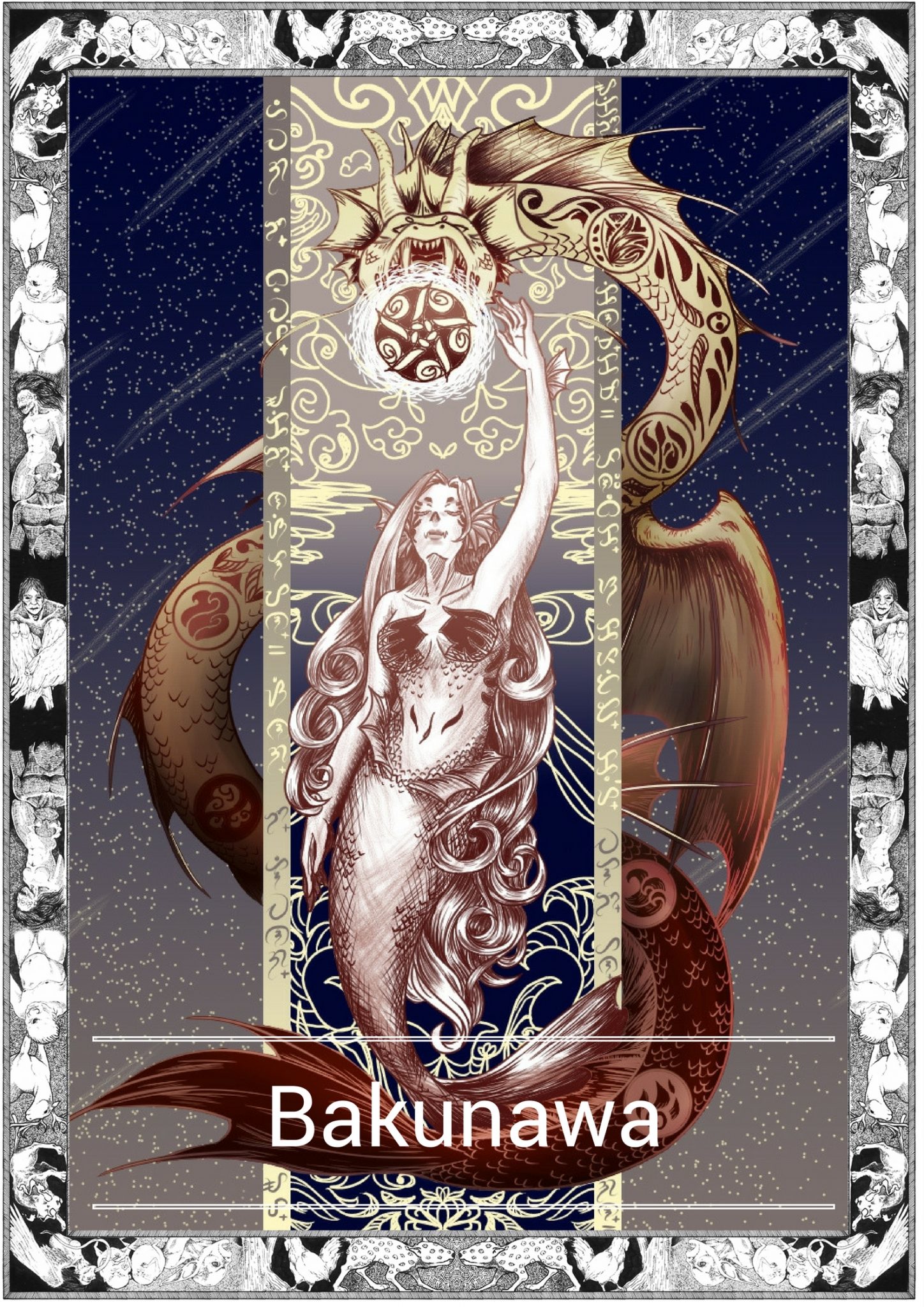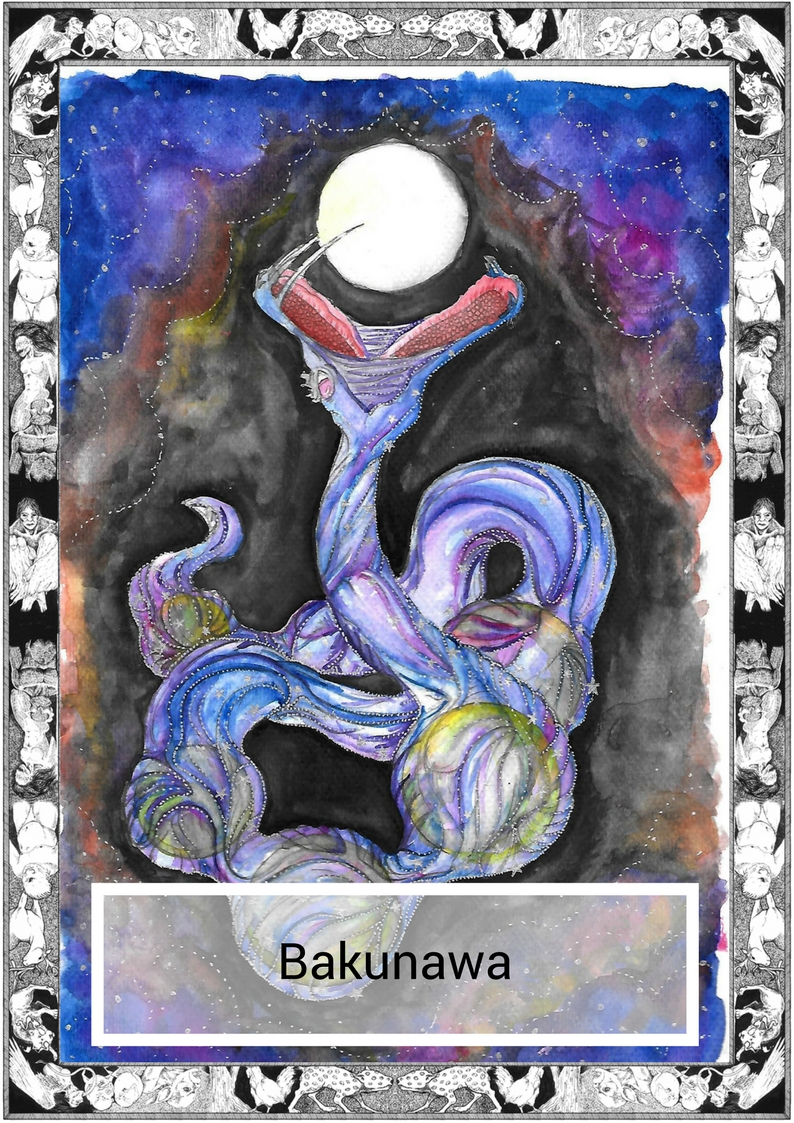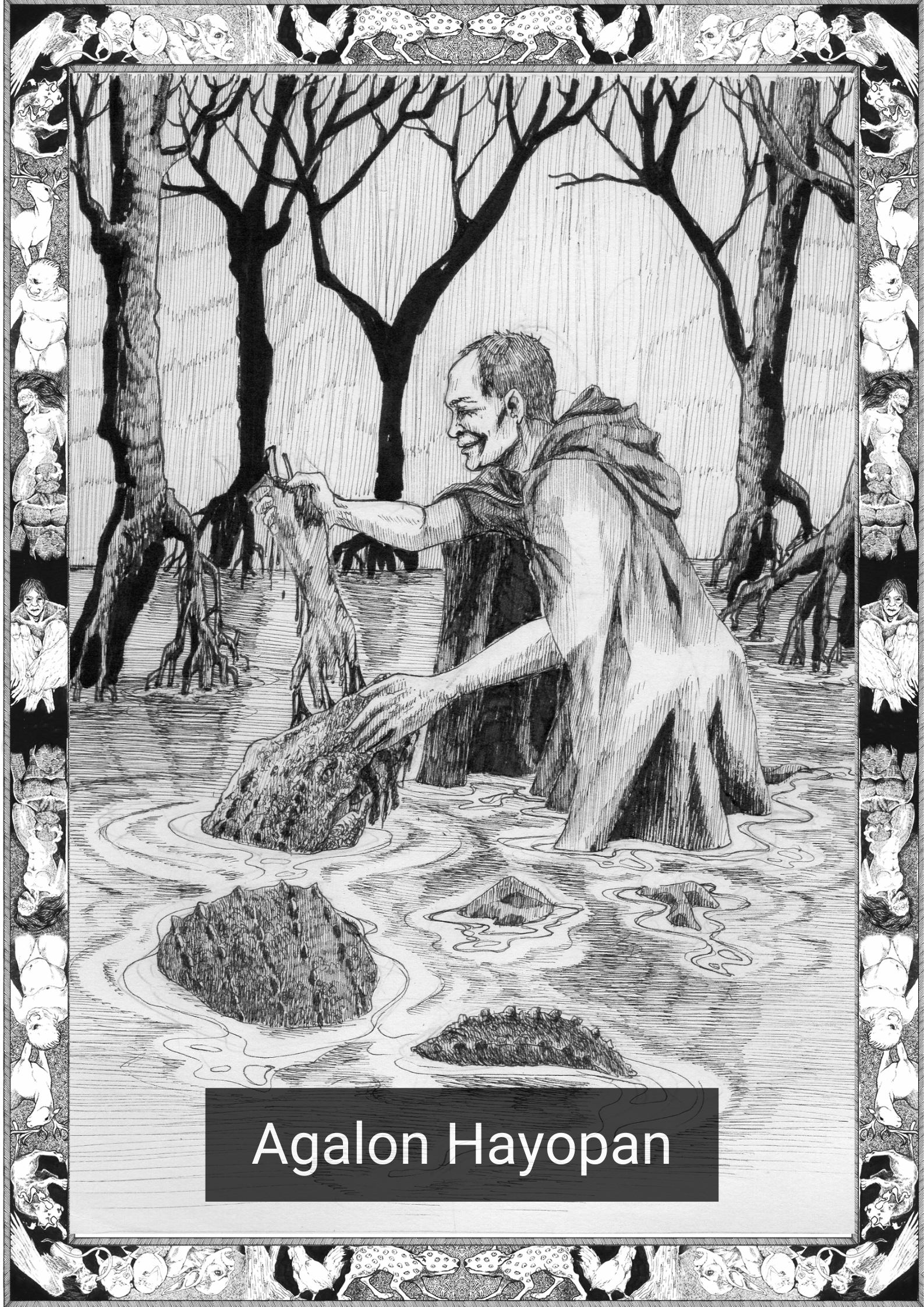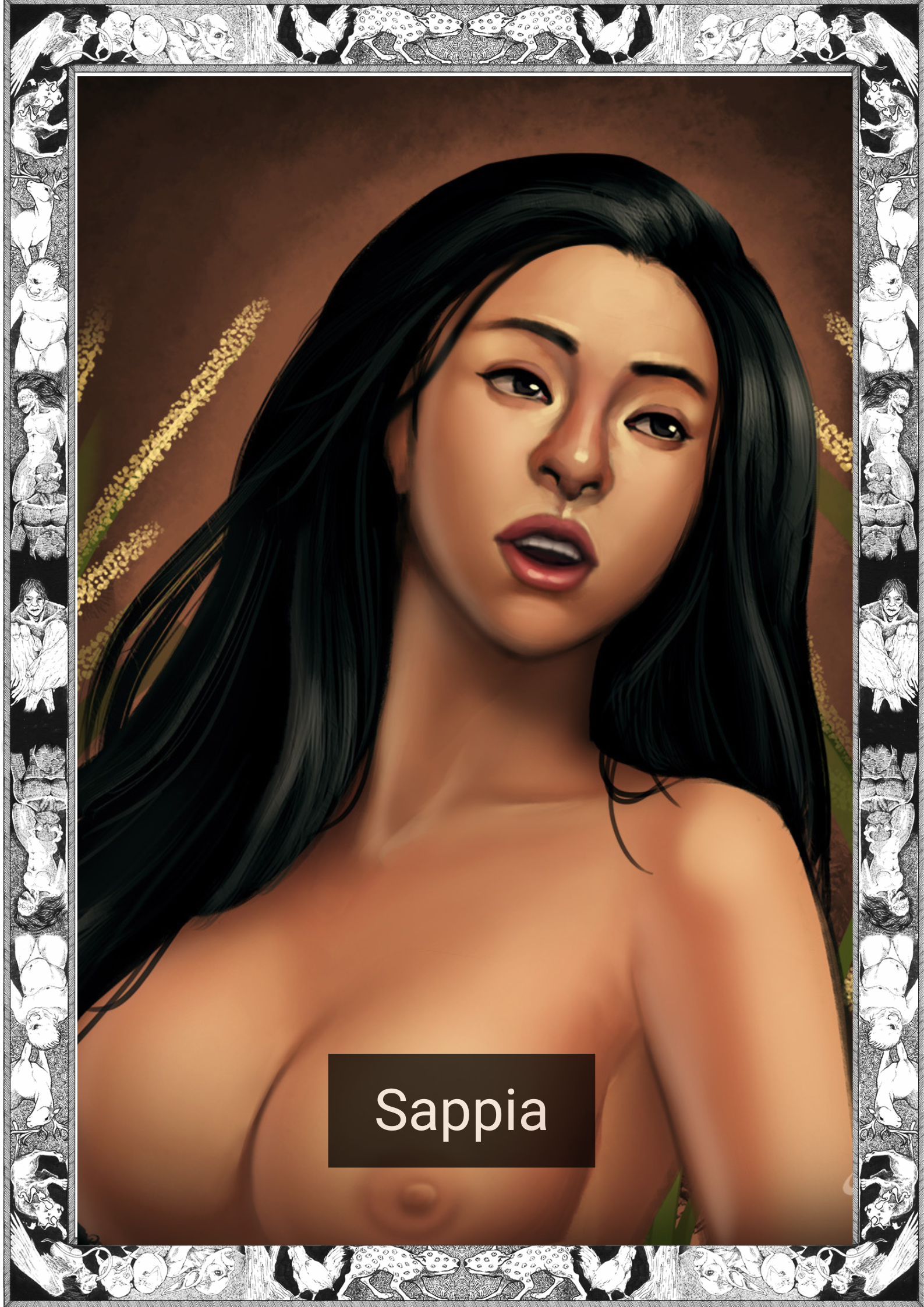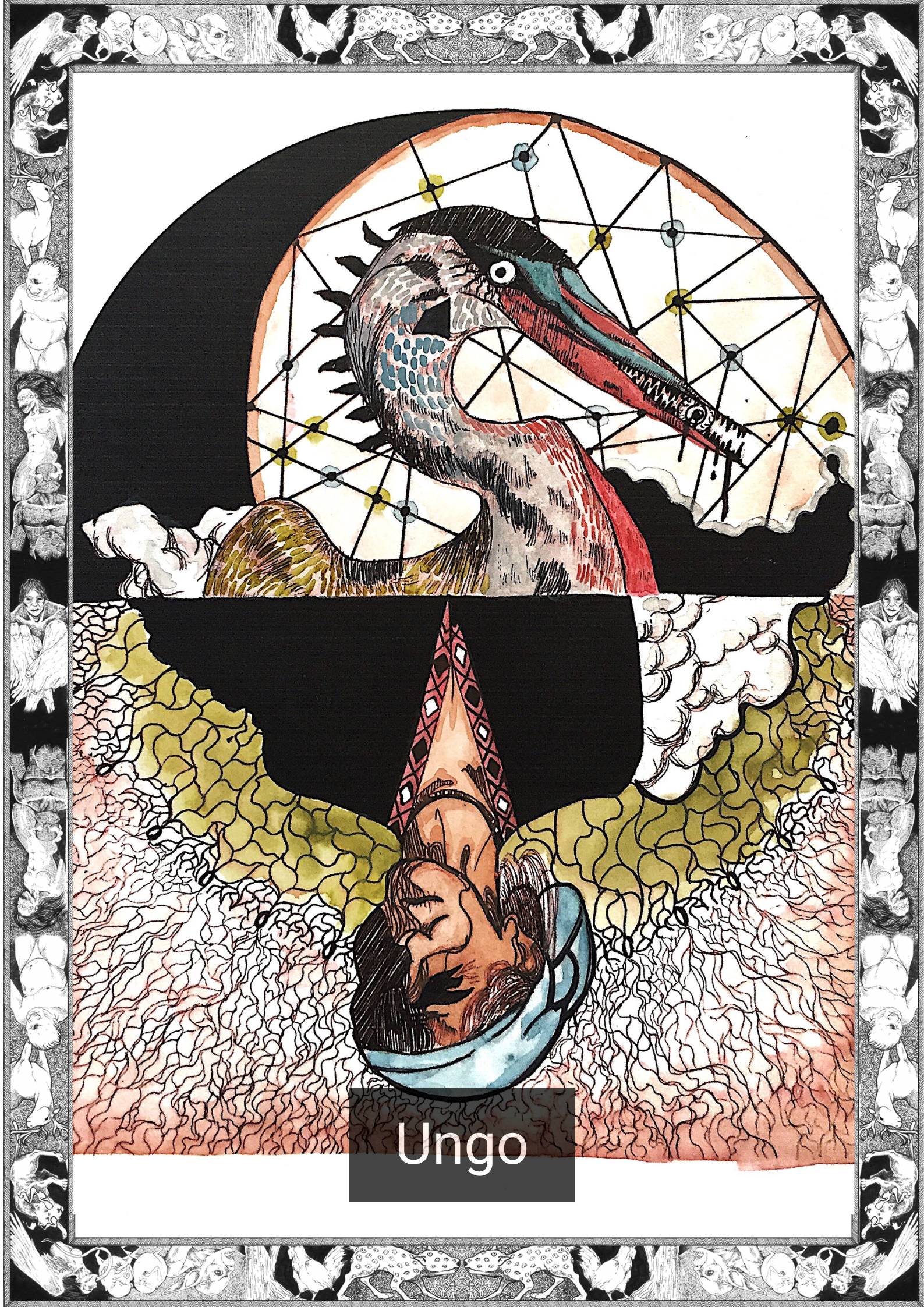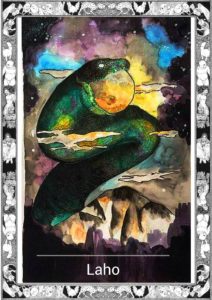
*Note this story is in Cebuano
Mag “eclipse” ra ang buwan kung mag full moon, og mahitabo ra na kung ang buwan mo agi sa anino sa atong kalibutan.
Sa tulo ka klase nga eclipse sa buwan, ang total eclipse ang pinaka ngilngig. Mohitabo ra kuno ni kung mo agi ang buwan sa sulod sa anino. Sa mga lunar eclipse, 35% ra ang total eclipse. Ika-pila ra ni mahitabo sa usa ka tuig.
Kung mag eclipse, aduna pa gihapoy adlaw nga moabot sa buwan. Mo-agi usa ang adlaw sa atong atmosphere diin tangtangon ang asul nga kolor sa adlaw, og ang mahabilin kay hayag nga puwa o orange nga kolor. Mo banda ning puwang kolor sa atong atmosphere, og mopasiga sa buwan. Kini ang hingtungdan nganong usahay tawgon ang eclipse og “Blood Moon.”
Mao na ilang pulong.
Pagpagawas kuno og teleskopyo inig Blood Moon og tan-awa para sa imong kaugalingon. Tan-awa kung gi unsa’g palayo sa mga bito-on kung mag eclipse. Tan-awa kung gi unsa og lihok sa suga, mura’g mo pitik-pitik og mawala, nga murag dunay laing butang nga ga banda sa suga.
Kung bulahan ka, basig maka kita pa ka og mga gamay’ng lingin nga suga nga galihok-lihok. Makit-an nimo silang naka zig-zag nga gatuyok-tuyok padulong sa buwan. Kung mosugod na ang elipse, makit-an ni nimo silang manghunong inig tibuok eclipse. Makit-an nimo ang puwang suga nga magka lagum hangtud wa na kay laing matotokan.
Maka pamati ka’g deja vu. Mura’g kapila na ni nimo’ng nabalik-balik og lantaw sa una. Mangimbawt ang imong dugokan, og makabati ka og kahadlok nga di masabtan. Maka huna-huna kag wala kaha ka binuangi ani? Eclipse ra gud ni.
Pagbantay nga dili nimo itudlo ang teleskopyo sa taas sa Blood Moon.
Basig naa niya ka’y makit-an nga gatutok pud kanimo.
————————–
English Version
A lunar eclipse can only occur at full moon and only if the moon passes through the Earth’s shadow.
Of the three kinds of lunar eclipses a total lunar eclipse is the most striking. Supposedly it is when the whole moon passes through Earth’s umbral shadow. Only 35% of eclipses are total lunar eclipses. Lunar eclipses occur a few times per year.
During a total lunar eclipse indirect sunlight can still reach the moon. That sunlight has to first pass the Earth’s atmosphere which filters out most blue colored light leaving a bright red or orange glow. This red light refracts through Earth’s atmosphere and illuminates the moon. This is why a total lunar eclipse is sometimes referred to as a ‘Blood Moon’
Or so they say.
Take a telescope out during a Blood Moon and see for yourself. See how the stars seem to move out of the way when the eclipse occurs. How the movement of the light seems to flicker and fade almost as if there’s something else that the light is reflecting on.
If you’re lucky you might see the small bits of orange and yellow light move around in big dots. You’ll see them twist in a zig-zag pattern toward the moon. When the eclipse starts you might see the light dots stop and stay stationary for the whole duration of the eclipse. You’ll see the red light grow deeper and deeper and you won’t be able to look away.
There will be a feeling of déjà vu. Like you’ve seen this moment happen a hundred times before. You’ll feel a deep chill in your spine and for some reason you’ll be scared. You’ll think that’s ridiculous, it’s only an eclipse.
But be careful not to point your telescope directly above the Blood Moon.
You might see something looking back.
————————–
*The Cebuano language, alternatively called Cebuan and also often colloquially albeit informally referred to by most of its speakers simply as Bisaya (“Visayan”, not to be confused with other Visayan languages nor Brunei Bisaya language), is an Austronesian regional language spoken in the Philippines by about 21 million people, mostly in Central Visayas, western parts of Eastern Visayas and most parts of Mindanao, most of whom belong to various Visayan ethnolingusitic groups, mainly the Cebuanos. It is the by far the most widely spoken of the Visayan languages, which are in turn part of wider the Philippine languages. The reference to the language as Bisaya is not encouraged anymore by linguists due to the many languages within the Visayan language group that may be confused with the term. The Komisyon ng Wikang Filipino, the official regulating body of Philippine languages, spells the name of the language as Sebwano.
Written by Karl Gaverza
Translated by Janjan Perez
Copyright © Karl Gaverza
Translation Copyright © Janjan Perez
Story inspired by Laho description in The Soul Book. Demetrio & Cordero-Fernando 1991.
Laho Illustration by Leandro Geniston from Aklat ng mga Anito
FB: That Guy With A Pen
Watercolor by Nicole Chiu
FB: Wildling Child
IG: https://www.instagram.com/
